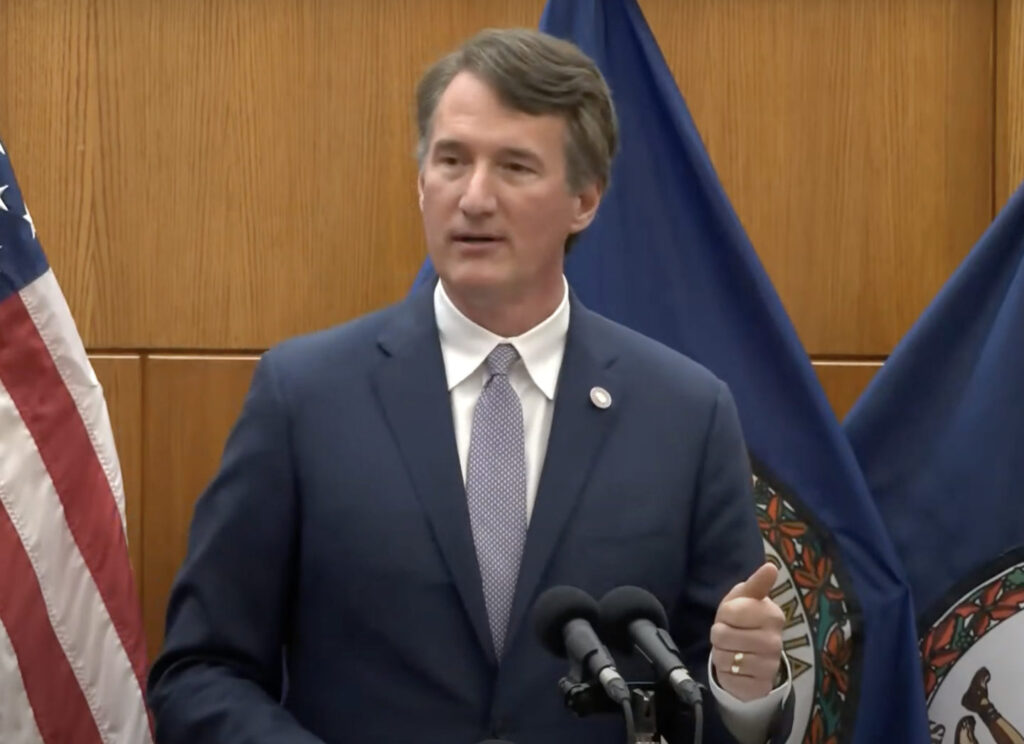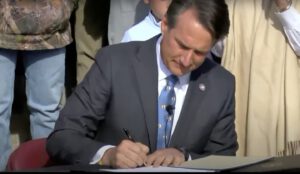Youngkin to cut red tape to reduce teacher vacancies
(The Center Square) – To reduce the number of teacher vacancies, Gov. Glenn Youngkin issued an executive directive that will cut red tape that is making it difficult for qualified people to get…

(The Center Square) – To reduce the number of teacher vacancies, Gov. Glenn Youngkin issued an executive directive that will cut red tape that is making it difficult for qualified people to get teaching jobs.
“We will let high-quality teachers teach,” the governor said in a news conference on Thursday.
The executive directive instructs Education Superintendent Jillian Balow to issue teacher licenses and renewal licenses to retired teachers and teachers from other states. It also instructs her to work with the Virginia Retirement System to ensure that vacant K-12 positions are classified to allow retired teachers to fill them.
According to the National Education Association, the number of teachers in the commonwealth dropped from 102,031 to 99,783 from the 2013-2014 school year to the 2020-2021 school year, which is a 2.25% reduction. However, during the same time, enrollment dropped from 1,279,544 to 1,167,512 students, which is a larger drop of 8.76%. The Virginia Department of Education does not yet have the student-to-teacher ratios for the 2022-2023 school year, but several school divisions have reported vacancies they are unable to fill.
“When we have a shortage of teachers and we’re trying to bridge the gap, we’ve got to work extra hard in order to close the gap of teachers as well,” the governor said.
The directive also instructs the Education Secretary Aimee Guidera to collaborate with other government agencies to reduce red tape while maintaining high standards. The reduction of red tape will be designed to recruit more out-of-state teachers, career switchers, military veterans and other professionals who would be an asset to students in the classroom.
Under the directive, officials will work to establish a pipeline of K-12 teachers with a no-cost apprenticeship program. The state will also expand its annual survey of school divisions to identify unfilled positions and develop a survey for teachers to gauge what is working and one for exiting teachers to determine why they are leaving the job.
The Virginia Department of Education also launched the Bridging the Gap plan on Thursday, which is designed to recover some of the learning losses caused by the lack of in-person education during the COVID-19 pandemic. The plan will create a pilot program with 15 school divisions. It is meant to improve the way the commonwealth uses data to better help students who are underperforming in the classroom.
“Starting today, data will be used as a flashlight and not a hammer in the commonwealth,” Guidera said. “We’re going to make sure that people are empowered with data, they’re informed with data and they’re using data to improve the results of all of our children in the commonwealth.”
Guidera said the program will try to determine the best ways in which schools can know whether their students are “on the track to success.” It will also seek to determine the best way for teachers to communicate the information with parents and develop ways to provide personalized education and interventions for children who are not on track.



